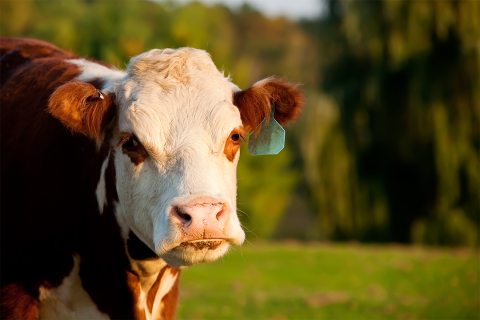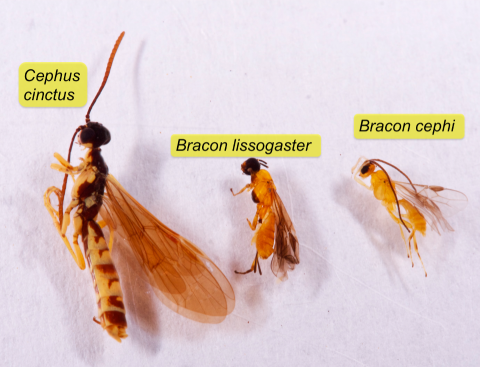Pasture and Forage Minute: Timing Last Alfalfa Harvest with GDD, Sampling Hay
September 17, 2024
Insights on using growing degree days for alfalfa harvest to ensure winterization before dormancy, managing nitrate levels in annuals for foraging livestock, and sampling hay for a comprehensive quality test.
Pasture and Forage Minute: Alfalfa Irrigation and Last Cutting, Grasshopper Management
September 12, 2024
Extension insights on fall alfalfa irrigation for improving yields, strategies for timing the last cutting to ensure winter survival, and grasshopper management to protect late summer forage from pest damage.
Pasture and Forage Minute: Nebraska Grazing Conference Aug. 6-7
July 16, 2024
Details on the upcoming 2024 Nebraska Grazing Conference, and considerations for mid-season forage evaluations and stable fly management in pastures.
Pasture and Forage Minute: Forage, Insect and Water Quality Issues for Grazing Livestock
July 9, 2024
Extension educators review common issues for producers to bear in mind as livestock graze throughout the summer, including prussic acid, horn flies and face flies, and water contamination.
Dectes Stem Borer in Soybean
July 10, 2024
A difficult insect to manage, soybean stem borer has expanded its reach in Nebraska. This extension article reviews considerations for scouting and control options, plus resources for producers to learn more on this crop pest.
Pasture and Forage Minute: Considerations for Alfalfa Disease, Harvesting During Wet Summers and Weevil Feeding on Regrowth
June 25, 2024
Recommendations for alfalfa producers on managing windrow disease, navigating rain issues during harvest, and estimating alfalfa weevil thresholds when regrowth feeding has been observed.

Pasture and Forage Minute: Management Considerations for Grasshopper, Poison Hemlock and Yucca
June 20, 2024
Economic thresholds of grasshoppers have been observed in some Nebraska pastures — review the square foot method and insecticide options to begin scouting and control measures.
Wheat Stem Sawfly Flights Peaked, New Reports of Range Expansion
June 12, 2024
In addition to confirming the presence of wheat stem sawfly in new Nebraska counties this year, Nebraska Extension anticipates fairly high pressure from the crop pest this growing season.








